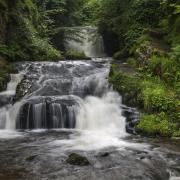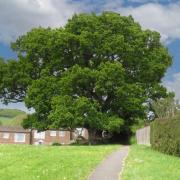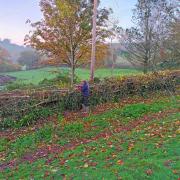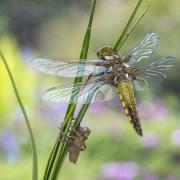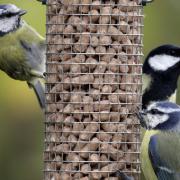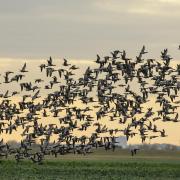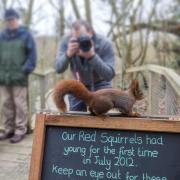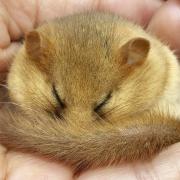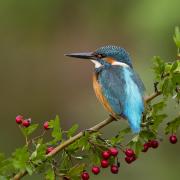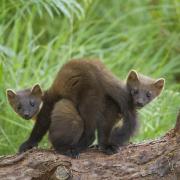Urban foxes are on the increase. David Ireland from the Devon Wildlife Trust considers the reasons
Urban areas are set to expand as the human population continues its inexorable growth and there are already a number of species that are taking advantage of this new habitat. In our cities some notable species are taking to the streets.
Hedgehogs and grey squirrels are two of the best-known visitors, but rare treats can also be seen such as the majestic peregrine falcon, which has adapted to exploit the artificial cliff faces of tall buildings.
However, when people think of urban animals it is possibly the fox that comes to mind first of all. Conspicuous by their size and opportunistic by nature, foxes have been able to adapt very well to living in close proximity to humans. They are social and playful in character and live in family groups.
Foxes are now well established in British cities but this has only really happened over the last few decades. It is not exactly known why they started this move. One theory was that they moved out of the rural areas in the 1950s as myxomatosis had a heavy impact on one of their main food sources, the rabbit population. However, a more plausible theory is that the move to more suburban city design provided ideal habitat for foxes and they have thrived there ever since.
Foxes are often thought of as being cunning, but with today's take-away culture and plenty of rubbish around they do not have to exert much brainpower to find food in our urban environment. Cities are often quiet during the night so foxes are free to roam the streets and move from garden to garden making the most of what we leave lying around.
Life is not all roses for the fox. They arouse mixed feelings and are treated like vermin by some. But it is not just this stigma they have to deal with. With increasing traffic levels in our cities fox roadkill is common. A second, silent killer has also taken hold in recent years. Mange is a nasty disease which in the last decade has seriously dented the fox population in many UK cities. It is caused by a parasite which invades the skin, and signs of it include loss of fur.
Devon Wildlife Trust's Devon Biodiversity Records Centre keeps records of a whole host of wildlife spotted throughout the county, including the fox. Sadly, many of the records are of dead animals but these are still important when looking at population densities and behaviour. Many of the records from Plymouth are of road casualties, but DBRC still has people catching glimpses of them in their gardens.
DBRC has had more records for the Exeter area over the past few years. This may not mean that there are more foxes present in the city but more probably that there are more people recording them there. Bowling Green Marsh in Topsham keeps popping up as a prime location to see foxes, as do both Hoopern and Duryard valleys.
The best time to see foxes is during the mating season. The young are born during March and once they have grown in confidence can often be seen playing and learning to catch easy prey such as earthworms. Once July comes they are forced to forage for themselves and soon disperse to find their own territories.
It is fascinating to have foxes sharing our urban space with us. They help make up a rich tapestry of wildlife species that are willing, despite our best efforts to prevent them, to live alongside us. We must embrace them all and try to turn our gardens into wildlife havens if we are to avoid completely disconnecting the link between ourselves and nature.
Recording fox sightings
Send fox sightings via the DWT website at www.devonwildlifetrust.org by clicking on 'send in your sightings'. Alternatively, write to: Devon Biodiversity Records Centre, c/o Exeter Central Library, Castle Street, Exeter, EX4 3PQ. Details should include the recorder's name, full address and phone number; the date of the sighting; species name and any notes (such as alive/dead; male/female; adult/juvenile, etc.) and location details (OS grid reference or address and postcode, or a good description of the location including road names/numbers and village/town names, plus any properties that appear on an OS map). If you are interested in recording regularly, ask for the Recording Pack which provides details of current recording schemes.



